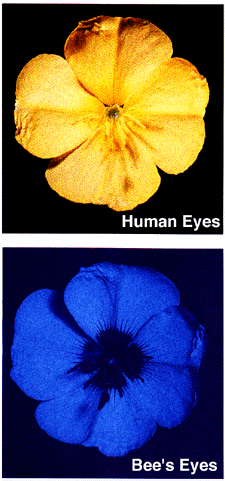These two photographs of a flower show how the evening primrose looks in two different wavelengths. The upper panel shows the flower as humans see it in visible light. The lower panel shows the primrose in UV, and reveals the "honey guides" (the dark areas) invisible to the human eye but seen by insects. The dark lines and patches guide the insect to the collection of nectar stored in the center and to the pollen on the anthers.
Image courtesy Dr. Jeremy Burgess, Science Source/Photo Researchers.
Ultraviolet (UV) Radiation
Some kinds of "light" are invisible to us. Ultraviolet (UV) "light" is one kind of "invisible light". UV is a type of electromagnetic
radiation. Some light waves are shorter than others. Short light waves look purple or violet to our eyes. UV waves are even shorter than purple waves. If we could see UV light, it would look "more purple than purple". That's why it is called ultra-violet, or "beyond violet", light.
UV light from the Sun can cause sunburns. Fortunately, our atmosphere blocks most UV radiation from space. The ozone layer of Earth's atmosphere blocks a lot of the UV.
UV radiation carries more energy than normal light. X-rays have even more energy than UV light. X-rays come after UV along the electromagnetic
spectrum.
You might also be interested in:
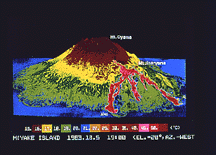
Text for this level has not been written yet. Please see the "Intermediate" text for this page if you want to learn about this topic. To get to the "Intermediate" text, click on the blue "Intermediate"
...more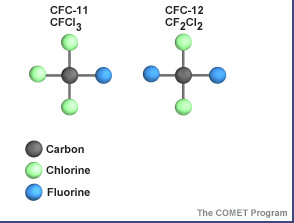
Most of the ozone that we know about is found in the the stratosphere, the second layer of the Earth's atmosphere. Ozone forms a kind of layer in the stratosphere. This layer shields us from the Sun's
...more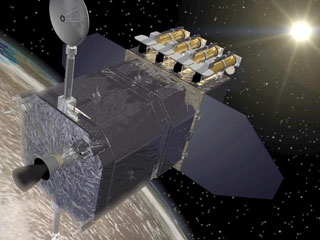
Solar Dynamics Observatory (SDO) is a satellite which studies the Sun. SDO carries several telescopes and other instruments for observing the Sun. The cameras on SDO take much better pictures than cameras
...more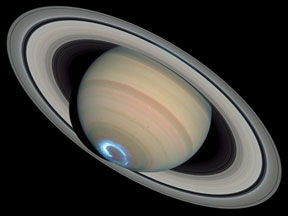
Have you ever seen the Southern or Northern Lights? Did you know that other planets (besides Earth) have them too? Scientists call these cosmic light shows the "aurora". Saturn is one of the planets that
...more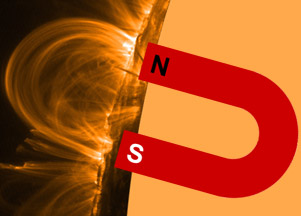
An active region on the Sun is an area with an especially strong magnetic field. Sunspots frequently form in active regions. Active regions appear bright in X-ray and ultraviolet images. Solar activity,
...more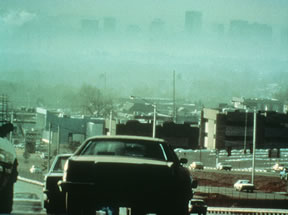
Volatile Organic Compounds are also called VOCs. They contain carbon and are a gas at room temperature.. There are many types of VOCs. Hydrocarbons have both hydrogen and carbon atoms. Oxygenates contain
...more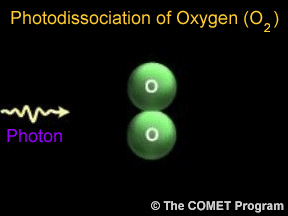
Photons are little bits of light. Photons carry energy. When a photon hits a molecule, it adds energy to the molecule. The molecule has chemical bonds (they work a bit like stretchy rubber bands!) holding
...more
